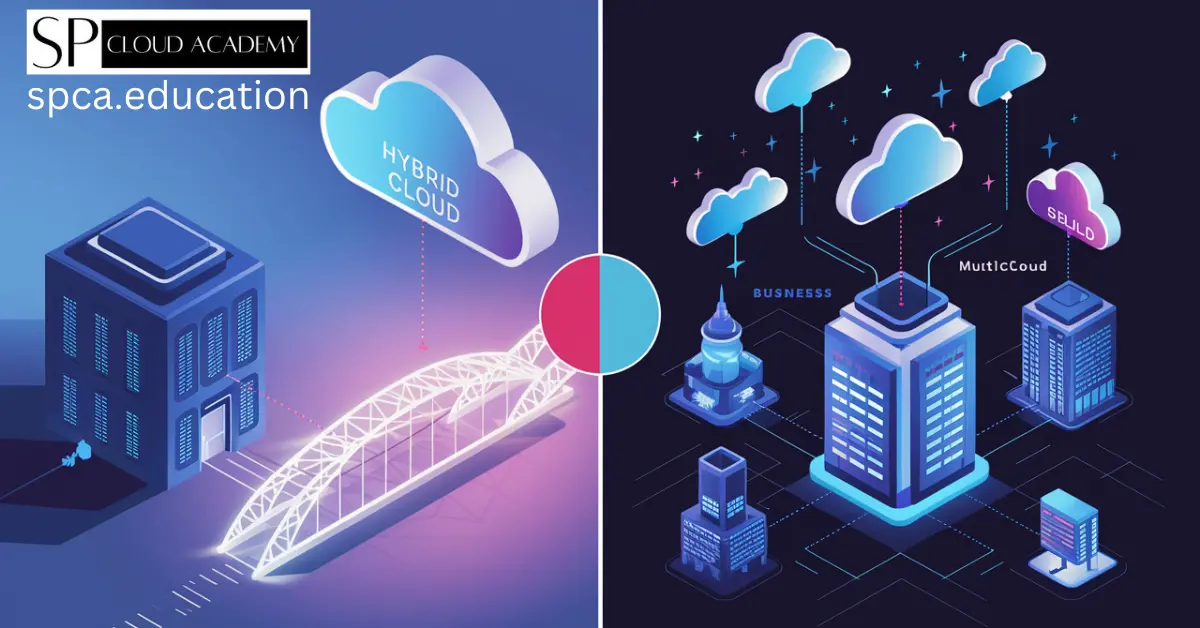Technology plays a pivotal role in shaping the future of education, and engineering education is no exception. In today’s rapidly evolving digital landscape, strategic IT planning is crucial for engineering institutions to stay ahead of the curve. This article explores the significance of strategic IT planning in engineering education and its impact on student learning outcomes and institutional success.
The Importance of Strategic IT Planning in Engineering Education
Effective IT planning allows engineering educational institutions to align their technological initiatives with their long-term goals and objectives. By carefully evaluating their current IT infrastructure, identifying gaps and areas for improvement, institutions can develop a roadmap for incorporating the right technology solutions that enhance teaching and learning experiences. Whether it’s implementing cutting-edge software, building robust networking systems, or leveraging virtual reality technologies, strategic IT planning enables engineering institutions to create an environment that fosters innovation, collaboration, and critical thinking.
Strategic IT planning also helps institutions optimize their resources, streamline administrative processes, and improve overall operational efficiency. By investing in the right IT solutions, engineering institutions can attract, retain, and develop top talent among both faculty and students, leading to a competitive advantage in the field of engineering education.
Key Components of Strategic IT Planning
To develop an effective strategic IT plan, engineering institutions need to consider several key components. Firstly, they should define their long-term goals and objectives. This involves identifying the institution’s vision for technology integration and understanding how IT can support and enhance educational outcomes. Additionally, institutions should assess their current IT infrastructure and capabilities to identify strengths, weaknesses, and areas for improvement. This evaluation will help inform the selection and implementation of appropriate technology solutions.
Another critical component is stakeholder engagement. Involving faculty, students, administrators, and IT professionals in the planning process ensures that diverse perspectives and needs are taken into account. Collaboration and communication between all stakeholders help create a sense of ownership and commitment to the IT plan.
Benefits of Strategic IT Planning in Engineering Education
Strategic IT planning offers numerous benefits to engineering educational institutions. Firstly, it enables institutions to align their IT initiatives with their educational goals, ensuring that technology supports and enhances teaching and learning experiences. By incorporating innovative technologies, such as virtual reality or simulation software, institutions can create immersive learning environments that engage students and facilitate deeper understanding of complex engineering concepts.
Additionally, strategic IT planning helps institutions optimize their resources and improve operational efficiency. By identifying areas for improvement in their IT infrastructure, institutions can make informed decisions about technology investments and streamline administrative processes. This results in cost savings, improved workflows, and a more efficient use of resources.
Furthermore, strategic IT planning contributes to student success. By providing access to cutting-edge technologies and tools, institutions create a learning environment that prepares students for the demands of the engineering industry. This enhances graduates’ employability and equips them with the necessary skills to excel in their careers.
Challenges in Implementing Strategic IT Planning
Implementing strategic IT planning in engineering education is not without its challenges. One common challenge is the resistance to change among faculty and staff. Introducing new technologies and processes may require additional training and adjustments to established teaching methods. Overcoming resistance and fostering a culture of innovation and adaptability is essential for successful implementation.
Another challenge is the rapid pace of technological advancements. Engineering institutions need to stay updated with the latest trends and developments to ensure that their IT plans remain relevant and effective. Regular evaluation and revision of the IT plan are necessary to address emerging technologies and changing educational needs.
Steps to Develop a Strategic IT Plan for Engineering Education
Developing a strategic IT plan requires a systematic approach. Here are the key steps involved:
- Assess Current IT Infrastructure: Conduct a thorough evaluation of the institution’s existing IT infrastructure, including hardware, software, networking systems, and IT policies. Identify strengths, weaknesses, and areas for improvement.
- Define Goals and Objectives: Clearly define the institution’s long-term goals and objectives for technology integration in engineering education. Consider how IT can support and enhance teaching and learning outcomes.
- Engage Stakeholders: Involve faculty, students, administrators, and IT professionals in the planning process. Seek their input, gather feedback, and ensure that diverse perspectives are considered.
- Identify Technology Solutions: Based on the institution’s goals and feedback from stakeholders, identify and evaluate technology solutions that align with the desired outcomes. Consider factors such as cost, scalability, ease of implementation, and compatibility with existing systems.
- Create an Implementation Roadmap: Develop a detailed plan that outlines the timeline, resources, and responsibilities for implementing the chosen technology solutions. Identify potential risks and mitigation strategies.
- Train Faculty and Staff: Provide comprehensive training and support to faculty and staff to ensure smooth adoption of new technologies. Offer ongoing professional development opportunities to keep educators up to date with the latest advancements.
- Monitor and Evaluate: Regularly monitor the progress of the IT plan and evaluate its effectiveness. Seek feedback from faculty, students, and staff to identify areas for improvement and make necessary adjustments.
Best Practices for Strategic IT Planning in Engineering Education
To ensure successful strategic IT planning, engineering institutions should consider the following best practices:
- Align IT Initiatives with Educational Goals: Technology should be viewed as a means to enhance educational outcomes. Align IT initiatives with the institution’s educational goals and objectives.
- Involve Stakeholders: Engage faculty, students, administrators, and IT professionals in the planning process. Their input and perspectives are crucial for developing an effective IT plan.
- Stay Updated with Technological Advancements: Keep abreast of the latest trends and developments in the field of engineering education and technology. Regularly evaluate and update the IT plan to incorporate emerging technologies.
- Provide Ongoing Support and Training: Offer comprehensive training and support to faculty and staff to ensure smooth adoption of new technologies. Provide ongoing professional development opportunities to keep educators up to date.
- Monitor and Evaluate: Continuously monitor the progress of the IT plan and evaluate its effectiveness. Gather feedback from stakeholders and make necessary adjustments to improve outcomes.
Tools and Technologies for Strategic IT Planning
Several tools and technologies can support the strategic IT planning process in engineering education. Project management software, such as Trello or Asana, can help institutions manage and track the progress of IT initiatives. Collaboration tools like Slack or Microsoft Teams facilitate communication and information sharing among stakeholders. Additionally, data analytics tools enable institutions to gather insights and make data-driven decisions about IT investments and improvements.
Case Studies: Successful Implementation of Strategic IT Planning in Engineering Education
Several engineering educational institutions have successfully implemented strategic IT planning to enhance student learning outcomes and institutional success. One such example is the Massachusetts Institute of Technology (MIT). MIT developed a comprehensive IT plan that focused on integrating technology into the curriculum, providing state-of-the-art labs and facilities, and fostering a culture of innovation. This strategic IT planning has contributed to MIT’s reputation as a leading institution in engineering education.
Another case study is the University of California, Berkeley. Berkeley implemented a strategic IT plan that emphasized the use of technology to enhance collaboration and critical thinking skills among students. The plan included the implementation of virtual learning environments, interactive online resources, and research-focused IT initiatives. As a result, Berkeley has seen improved student engagement and increased student success rates in engineering programs.
Resources for Further Learning and Support
For further learning and support on strategic IT planning in engineering education, consider the following resources:
- Books:
- “Strategic IT Planning and Management in Higher Education” by M. A. Lang
- “Technology and Change in Higher Education: New Challenges for Strategic Planning and Organizational Effectiveness” by W. F. Massy and R. Zemsky
- Online Courses:
- Coursera offers courses on strategic IT planning and management in higher education.
- edX provides courses on technology integration for educational institutions.
- Professional Associations and Conferences:
- The American Society for Engineering Education (ASEE) offers resources and conferences focused on technology integration in engineering education.
- The Educause Learning Initiative (ELI) hosts an annual conference on technology and educational innovation.
Conclusion
In conclusion, strategic IT planning is not just a necessity but a strategic imperative for engineering education institutions. Embracing innovative technologies and aligning them with their goals allows institutions to stay relevant, maximize student success, and shape the future of engineering education. By carefully assessing their current IT infrastructure, engaging stakeholders, and developing a comprehensive plan, engineering institutions can create an environment that fosters innovation, collaboration, and critical thinking. Strategic IT planning enables institutions to optimize resources, improve operational efficiency, and enhance student learning outcomes, giving them a competitive advantage in the field of engineering education.
See Also
IT Infrastructure: https://spca.education/category/it-infrastructures/
-

Is Your Work Truly Original? How Turnitin Detects Hidden Plagiarism
-

Google or Microsoft? Breaking Down the Ecosystem Battle for Your Daily Digital Life
-

Hybrid Cloud vs. Multicloud: What’s the Real Difference and Why It Matters
-

eSIM Revolution: Why SIM-Less Smartphones Are the Future of Mobile Tech
-

Is Starlink the Future of Global Connectivity? What You Need to Know Before Switching!
-

Voice Typing Made Easy: Expert Tips & Tricks for Perfect Hands-Free Writing
